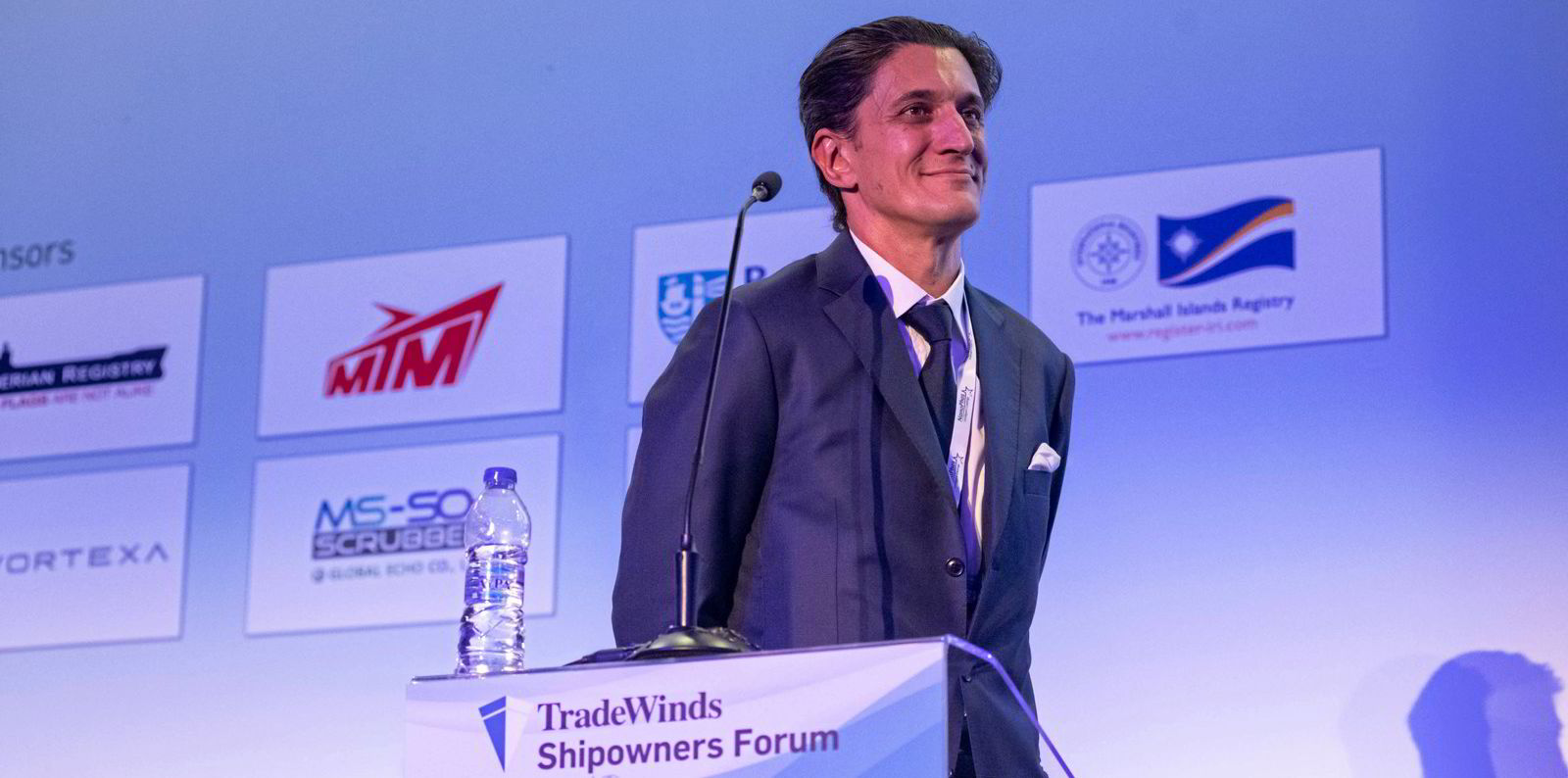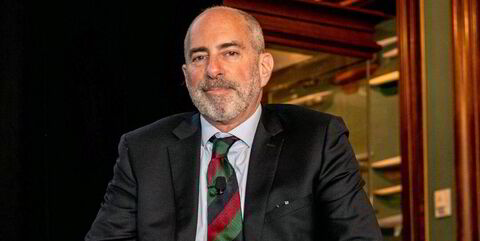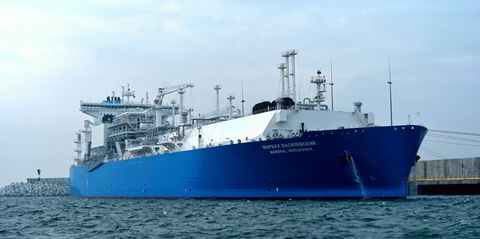Capesize owner GoodBulk could diversify away from bulk carriers and into other vessel sectors in the future, its chief executive has told TradeWinds.
John Michael Radziwill said the shipowner has found a successful formula for returning capital to shareholders and no longer thinks it has to limit itself to just one type of vessel.
“If we think there’s an attractive opportunity, obviously on a risk-reward basis, you will see us doing that. That could mean container ships, it could mean LNG carriers, it could mean LPG ships. It could mean any kind of bulk. It could mean multipurpose carriers. I don’t know yet,” Radziwill told TradeWinds.
It is a case of considering and appraising the opportunities brought GoodBulk’s way by counterparties, brokers, analysts and other contacts, he said. The only sector not under consideration would be cruise ships.
“Remember, it’s called GoodBulk. Bulk means bulk cargo or bulk shipping, which doesn’t necessarily even mean dry bulk, or it certainly doesn’t necessarily even mean capesizes,” he said.
“Originally, the thesis was for capesizes. It looks like that’s worked out alright so far, that’s still not over.
“We can’t really say if we’re going to be back into capesizes, back into panamaxes, supramaxes — we’ve actually had supramaxes and panamaxes at GoodBulk [previously] — or if we’re going to be in another bulk shipping sector, whatever bulk cargo that may be carrying.”
But GoodBulk, the public arm of the C Transport Maritime group, is not in any hurry.
Like many other bulker owners at the moment, Oslo-listed GoodBulk has cash to spend, sit on or share with investors.
“We’re in a very luxurious position with our investors, including ourselves. We’ve already paid back $15 in change in dividends, which is basically all of the initial investment, which was $10, and then $5 on top, so a 50% profit since GoodBulk’s inception in 2017,” Radziwill said.
The latest pair of sales confirmed by GoodBulk mean that the capesize owner’s fleet has halved since 2023 began.
Brave Maritime is said to have snapped up the 182,100-dwt Aquavictory (built 2010) in March for $26.5m.
It is also believed to be the buyer of the 178,900-dwt Aquaexplorer (built 2012), priced at $28.5m, last month.
The 179,000-dwt Aquatonka and Aquahaha (both built 2012) were reported sold to Norden of Denmark for $28m each in March.
Brokers reported in January that the 180,012-dwt Aquasalwador and 178,896-dwt Aquamarie (both built 2012) were sold for $57m en bloc to Greek interests said to be Laskaridis Maritime.
Another capesize — the 179,905-dwt Aquanavigator (built 2011) — was reported sold for $25m to a buyer believed to be Laskaridis.
Last year, GoodBulk sold eight capesizes and one panamax bulker overall, generating $155m in free cash and $67m in profit.
“We’re not in any rush to do anything right now. We can be a little bit more risky because the one overriding principle across all of our portfolio companies is that we always, always, always want to be ready for the worst-case scenario, which means selling or hedging some of our risk — and GoodBulk has done that.
“[The portfolio companies] are ready for the worst-case scenario, so they can take a little bit more risk.”
GoodBulk has sold seven capesizes this year to date, which leaves seven remaining with an average age of 12 years.
Radziwill confirmed that the 182,100-dwt Aquavictory (built 2010) and 178,900-dwt Aquaexplorer (built 2012) are the latest to leave the fleet. Market sources have said the buyer is Brave Maritime of Greece.
In the meantime, the GoodBulk fleet is still 100% exposed to the spot market, ready for a spike in rates, which Radziwill expects in the second half of 2023.
“A lot of the reason why we sold ships, as opposed to time-chartering them out, is because we saw more value in the asset value on the [forward] curve than on the time-charter rate on the curve,” he said.
“You sell down so you can be able to weather any kind of storm and keep as much open to the spot market as possible.”




